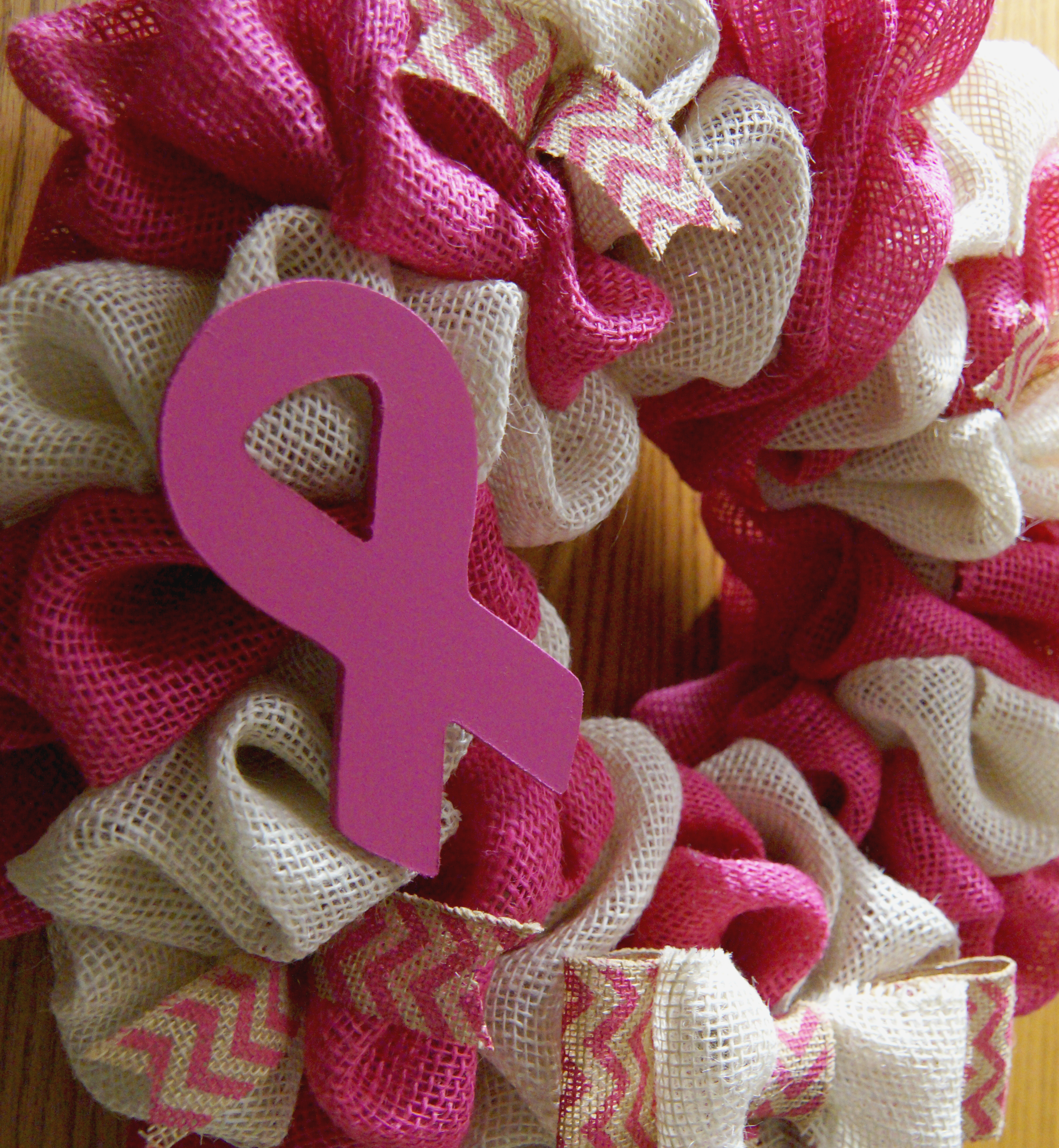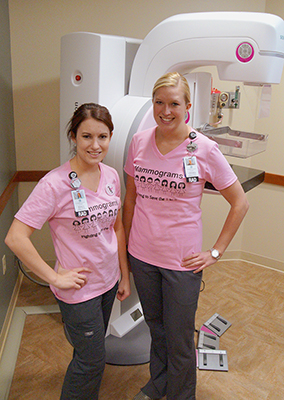
As many of you know,
October is Breast Cancer Awareness Month. While many people are aware of this often devastating disease, many aren't
aware or forget to take the steps to have a plan to detect breast cancer
in its early stages.
Those who detect breast cancer in Stage 1 have an 86% survival rate—early
detection truly is a lifesaver.
This month, Campbell County Health's
Heptner Cancer Center and
Radiology Department are providing information to help educate you about breast cancer and
help you reduce your risk of the disease.
Breast cancer warning signs
Please see your
doctor if you notice any of these changes in your breasts:
- A lump, hardness or thickening
- Swelling, warmth, redness or change in color
- A change in size or shape
- Dimpling or puckering of the skin
- An itchy, scaly sore or rash on the nipple
- Pulling in of the nipple or other parts of the breast
- Nipple discharge
- New pain in one spot that doesn't go away
Breast cancer risks factors
Five factors that are associated with an increased risk of breast cancer include:
-
Being female. Women are much more likely than men to develop breast cancer
-
Age. Your risk of breast cancer continues to increase the older you get.
-
History of breast cancer: If you've had breast cancer, or if your mother, sister or daughter
was diagnosed with the disease, your risk of developing it increases.
However, a majority of people diagnosed with breast cancer have no family
history of the disease.
-
Obesity: The chance of developing breast cancer is higher in women who are overweight
or obese than in women of a healthy weight.
-
Reproductive and menstrual history: women who had their first menstrual period before the age of 12 or who
went through menopause after the age of 55 have an increased risk of developing
the disease. Also, women who had their first full-term pregnancy after
age 30, or who were never pregnant, are at an increased risk of breast cancer.
Three ways to reduce your risks
- Perform monthly breast self-exams starting at age 20, seven to 10 days
after your period, at the same time every month if you don't have
periods anymore.
- Have a clinical breast exam with a physician every three years (at least)
starting at age 20 and annually after age 40.
- Have annual screening mammograms: have your first by age 40 and consult
with a medical professional about when to begin if you have a family history
of breast cancer.
Monthly breast self-exam tips
It's important to know what your breasts look and feel like so you
are able to recognize any changes that may occur. It's been reported that:
- Self-examination is effective in detecting 70% of breast cancer abnormalities
- 40% of diagnosed breast cancers are detected by women who feel a lump
- Breast cancer feels like a hard rock in the breast 78% of the time.
Here are some tips on performing a monthly breast self-exam.
When: Perform a self-exam once a month; remember to select the same day each
month so you don't forget. Put a reminder on your calendar, in your
computer, or on your phone/in a health-related app.
How: Use the pads of your fingers and move them in a circular pattern around
the entire breast and armpit area.
What to look for:
- Lumps in the breast or underarms
- Pain, swelling, changes in breast area
- Discharge from nipple other than milk
- A nipple that turns inward
- And/or skin dimpling similar to an orange peel.
Where to do it:
- In the shower, as it may be easier to feel breasts when skin is wet
- In front of a mirror where you can visually inspect your breasts; remember
to raise your arms up
- Lying down: place your right arm behind your head, use your left hand to
feel your breast and then repeat on the other side.
What to do if you find a lump: Schedule an appointment with your
doctor.
Sources:

CCH Radiology supports Breast Cancer Awareness
Did you know that one in eight woman will be diagnosed with breast cancer
in their lifetime? This October, and every other month, CCH Radiology
staff are fighting to save the 1 in 8! However, in October for breast
cancer awareness, you'll see staff sporting pink shirts with that slogan.
Radiology is also offering Saturday hours for
mammography appointments the month of October. Radiology recommends that women have annual screening
mammograms to help reduce their risk of breast cancer. It's recommended
that women have their first by age 40, but to consult with a physician
about when to begin if there is a family history of breast cancer.
Learn more about Radiology at
www.cchwyo.org/radiology.